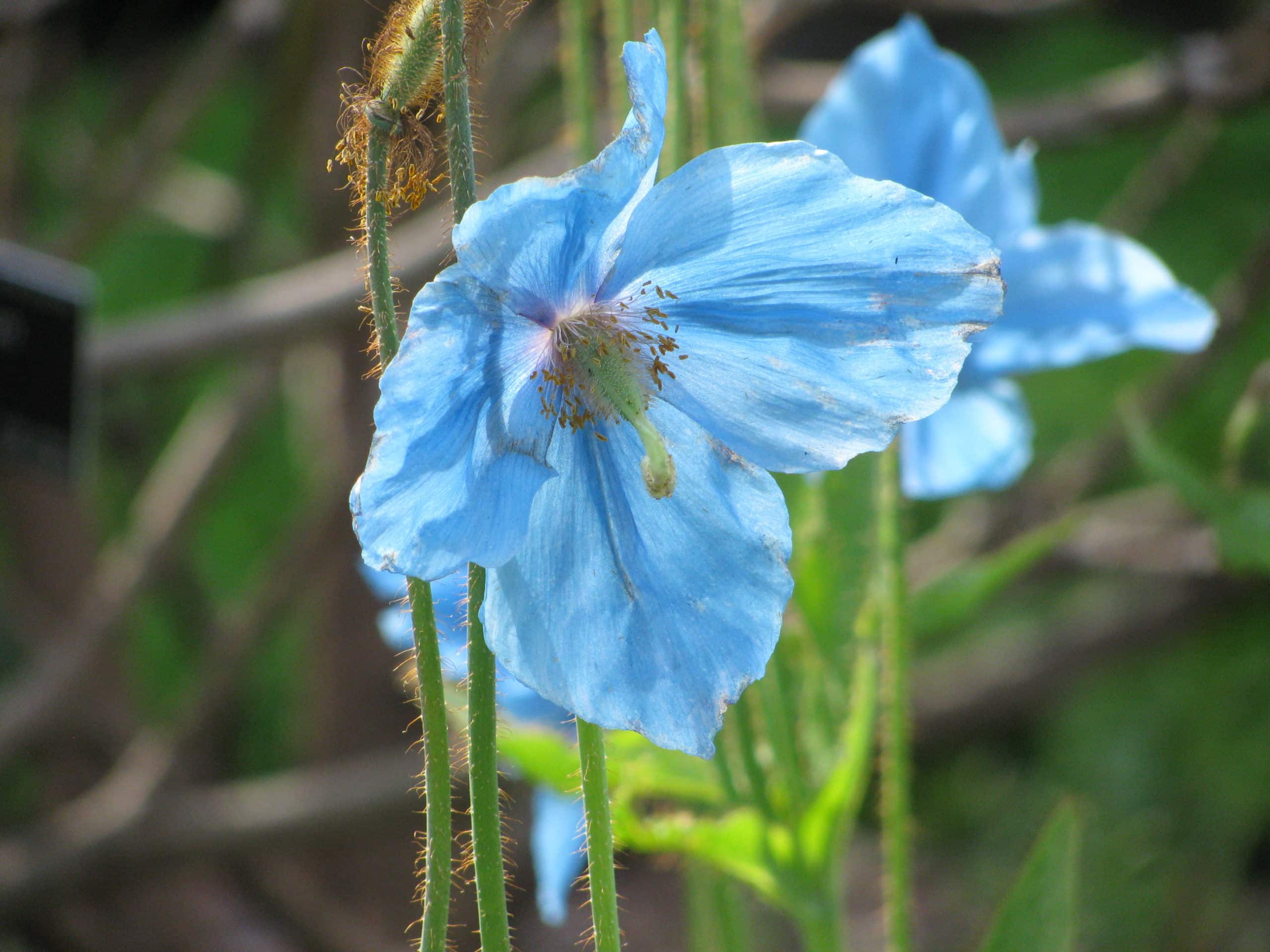Embark on a captivating botanical journey as we delve into the world of plants starting with M. From the vibrant hues of marigolds to the unique features of Monstera Deliciosa and the fascinating touch-me-not mechanism of Mimosa Pudica, this exploration promises to ignite your curiosity and leave you enchanted.
Marigolds

Marigolds are popular garden flowers known for their vibrant colors and distinct fragrance. These annual plants belong to the genus Tagetes and are native to Central and South America. Marigolds have been cultivated for centuries, both for their ornamental value and their medicinal properties.
Species of Marigolds
There are several species of marigolds, each with unique characteristics:
- French Marigolds (Tagetes patula): These are the most common type of marigolds, with daisy-like flowers in various shades of yellow, orange, and red.
- African Marigolds (Tagetes erecta): Larger than French marigolds, with large, showy flowers that bloom in a range of colors, including yellow, orange, and mahogany.
- Signet Marigolds (Tagetes tenuifolia): Smaller and more delicate than other species, with fern-like foliage and small, yellow or orange flowers.
Medicinal Properties of Marigolds
Marigolds have been used in traditional medicine for centuries. They contain several compounds with therapeutic properties, including:
- Anti-inflammatory properties: Marigolds have been shown to reduce inflammation in the body, which can help alleviate conditions such as arthritis and skin irritations.
- Antioxidant properties: Marigolds contain antioxidants that protect cells from damage caused by free radicals, which can contribute to aging and various diseases.
- Antimicrobial properties: Marigolds have been found to have antimicrobial activity against bacteria, viruses, and fungi.
Growing Marigolds, Plants starting with m
Marigolds are relatively easy to grow and can be cultivated in various climates. Here are some guidelines for growing marigolds:
- Climate: Marigolds prefer warm, sunny climates but can tolerate partial shade.
- Soil: Marigolds grow best in well-drained soil with a pH between 6.0 and 7.0.
- Planting: Marigolds can be sown directly in the garden in spring after the last frost. Space plants 6-12 inches apart.
- Watering: Water marigolds regularly, especially during hot, dry weather. Avoid overwatering, as it can lead to root rot.
- Fertilizing: Fertilize marigolds lightly with a balanced fertilizer every few weeks.
- Deadheading: Deadhead spent flowers to encourage continued blooming.
Monstera Deliciosa

Monstera Deliciosa, also known as the Swiss Cheese Plant, is a species of flowering plant native to the tropical forests of Central and South America. It is a member of the Araceae family, which also includes plants such as philodendrons and peace lilies. Monstera Deliciosa is a popular houseplant due to its large, attractive leaves and its relatively easy care requirements.
The most distinctive feature of Monstera Deliciosa is its leaves. They are large, heart-shaped, and deeply lobed, with holes or “fenestrations” in the center. The leaves can grow up to 2 feet long and 1 foot wide. The fenestrations in the leaves are thought to help the plant capture sunlight in the dense rainforest understory. They also allow water to drain from the leaves, preventing them from becoming waterlogged.
Care Guide
Monstera Deliciosa is a relatively easy plant to care for. It prefers bright, indirect light, but it can also tolerate low light conditions. The plant should be watered when the soil is dry to the touch. Overwatering can lead to root rot, so it is important to allow the soil to dry out completely before watering again. Monstera Deliciosa also benefits from being fertilized monthly during the growing season.
Varieties
There are several different varieties of Monstera Deliciosa, each with its own unique characteristics. Some of the most popular varieties include:
- Monstera Deliciosa ‘Borsigiana’: This variety has large, dark green leaves with deep fenestrations.
- Monstera Deliciosa ‘Albo-Variegata’: This variety has leaves that are variegated with white and green. The variegation can range from a few small spots to large patches of white.
- Monstera Deliciosa ‘Thai Constellation’: This variety has leaves that are variegated with yellow and green. The variegation is often in the form of small, star-shaped spots.
Mimosa Pudica: Plants Starting With M

Mimosa Pudica, commonly known as the “touch-me-not” plant, exhibits a remarkable defensive mechanism that allows it to fold its leaves inward upon physical stimulation. This rapid response, often described as “playing dead,” is a fascinating adaptation that protects the plant from potential threats.
Touch-Me-Not Mechanism
The “touch-me-not” mechanism involves a complex interplay between specialized cells and hydraulic changes within the plant’s pulvini, the swollen bases of the leaflets. When touched or shaken, the pulvini release water, causing a sudden loss of turgor pressure. This rapid drop in pressure leads to the folding of the leaflets inward, creating the characteristic “closed” appearance of the plant.
Scientific Research
Scientific research has shed light on the underlying molecular and cellular processes involved in the touch-me-not response. Studies have identified specific ion channels and hormones, such as calcium and abscisic acid, as key players in triggering the rapid leaf folding. The release of calcium ions into the pulvini cells initiates a cascade of events that ultimately leads to the loss of turgor pressure and leaf closure.
Propagation
Mimosa Pudica can be propagated both through cuttings and seeds. Cuttings should be taken from healthy, mature plants and placed in well-draining soil. Seeds should be sown in a warm, moist environment and kept at a temperature of around 20-25°C (68-77°F).
